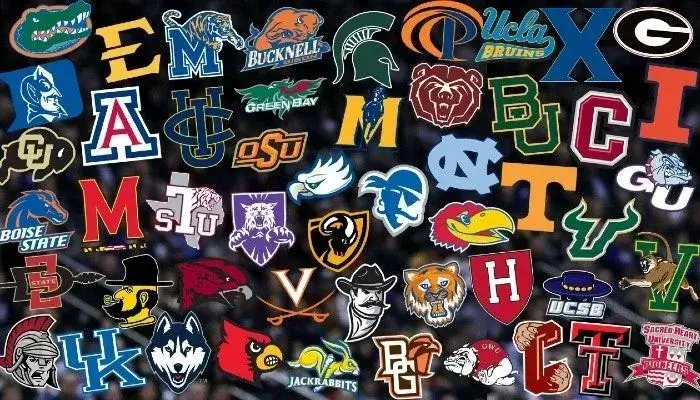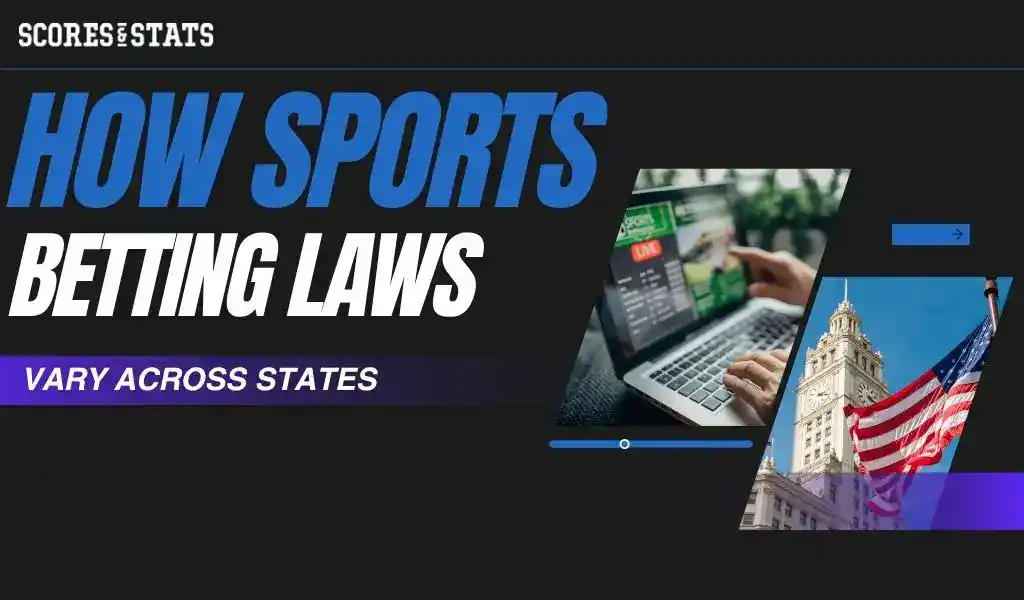November 25, 2020, is the date set by the NCAA as being the opening day for college basketball and it’s obvious to everyone that the season will be like no other because of COVID-19. And, there has been plenty of talk about the amount of money that is, and will, be lost by Universities.
Funds are brought in from everything from game day concessions, tickets, and parking fees to local, regional, and national advertising revenue. Contracts between conferences and broadcasting outlets combined with all of the other revenue streams help fund not only college sports but also campus projects and more.
Now the flow of cash – while not completely cut off – has been limited to being a drizzle if not a drip. Most of the talk has been centered around Power-Five teams simply because those teams are making sports headlines in football as we speak. And, when you look at College basketball the focus on lost funds has been similar.
Get the Best College Basketball Odds at Online Sportsbooks
Now, thanks to an article by Myron Medcalf of ESPN, the plight of Mid and Lower-Major basketball programs have been highlighted. Medcalf dives into the issues that many coaches and AD’s at smaller programs are facing.
Simply put – trying to put together schedules during a global pandemic and work through the financial loss of “Money Games” from their schedules.
The term “Money Game” refers to when a small school travels to a Power-Five program to play. Hopefully, nobody gets hurt, games are competitive, and the smaller team walks away with a big check for their department and school while the Big Guy gets to mark another win on the season. Yes, there are occasional upsets.
NCAA Basketball Top 10 Preseason Power Rankings
Financial Impact Put into Perspective
The best example of the difference between what “small” schools compared to what a “powerhouse” university brings in financially is eye-opening.
According to Medcalf’s ESPN article and source – the Knight Commission’s College Athletics Financial Information Database, a group of 100 Division 1 Football Championship Subdivision (FCS) schools generated less money than twelve colleges in the SEC. Here’s how it broke down in 2018.
100 FCS Division 1 Schools ($1.381 Billion)
14 SEC Schools ($1.89 Billion)
Read Gambling News and Sports Betting Guides
Harder than Picking up the Phone
Montana plays a large role in Medcalf’s research. It’s pointed out that coaches of the smaller conference and FCS schools face a problem when it comes to scheduling games. Let alone ones that would bring in large checks. The powerhouse schools in larger conferences are putting together all-conference schedules that severely limit any available open dates for a mid-major to slide in for a game. Then, when you find an opening – or another smaller program to schedule with – the obstacle course begins.
This year it’s harder than just picking up the phone and calling another coach and hammering out the normal details. Coaches are now asking questions about the accuracy of COVID testing at a school they are working with for a game. Questions also can include what the infection rates are in the other schools’ community, campus, number of airports they would travel through among other questions.
Then there is a question about fees and payouts during a pandemic. After all, even the bigger schools with more income still coming in, are also tweaking their budgets because of shortfalls in revenue that have already happened or forecast to.
Medcalf puts the financial issue in focus in a paragraph centered on what Montana Grizzlies men’s basketball coach Travis DeCuire has gone through.
“In normal times, DeCuire might get an offer of $75,000 to $95,000 to play a Pac-12 school. But the pandemic has altered the offers. Some schools, DeCuire said, have proposed significantly lower fees and demanded COVID-19 language in contracts that would reduce a visitor’s payouts to 50% if attendance for the games is limited to 25% capacity or less because of local restrictions on crowds.”
Down the Road
Some experts agree that mask-wearing, better health checks in society, and the sports world, along with handwashing, and social distancing – or some form of everything just mentioned – will probably be here to stay.
As for mid and low-major colleges fighting the budget battle – some schools have already been forced to eliminate some sports.
Perhaps, the entire sports world will learn how to better plan in the future and take advantage of some of the lessons learned. Budgets could become more focused, additional revenue streams could be developed, and the emphasis on player and staff safety – on and away from the playing field – could remain.
No one seems sure about how things will play out throughout the upcoming season or with COVID-19 as a whole. At some point, hopefully, the pandemic will be in the past and things will begin to return to normal before the 2021 March Madness tournament. Or whatever the new normal will be.













